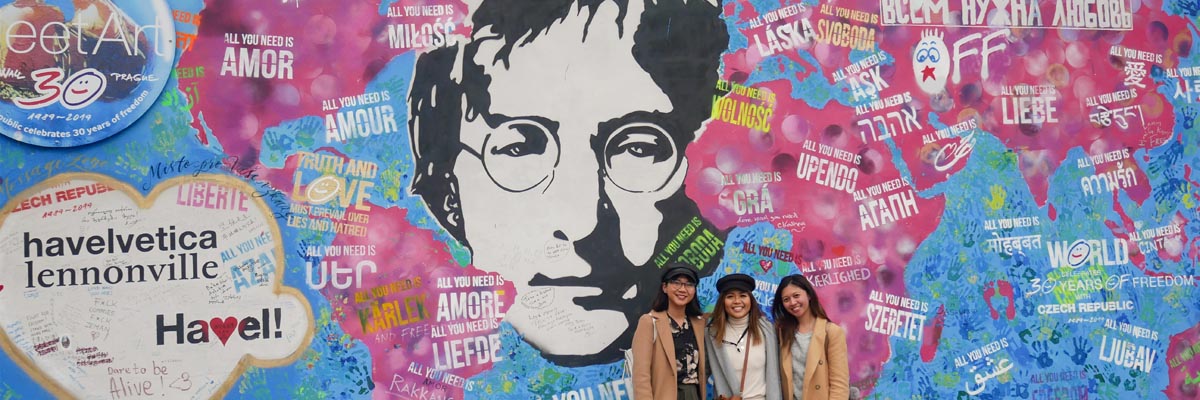Field trips for Prague, Czech Republic
We highly recommend students participate in the following organized field trips, which are included in your program fees. Some trips may be mandatory for specific classes and will be led by the Resident Director, instructors, or International Office staff. These excursions generally take place on Fridays/Saturdays or Saturdays/weekends.
Please note that destinations may only be available during certain terms and are subject to change at the discretion of the Resident Director or on-site staff.
The following are possible field trip destinations, with further details provided upon arrival.
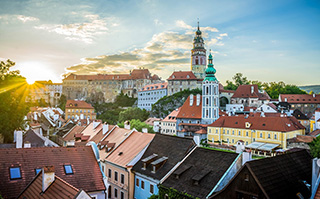 Český Krumlov
Český Krumlov
Get to know this beautiful small city as you tour the castle, explore the old town, and enjoy a visit to the unique baroque theater.
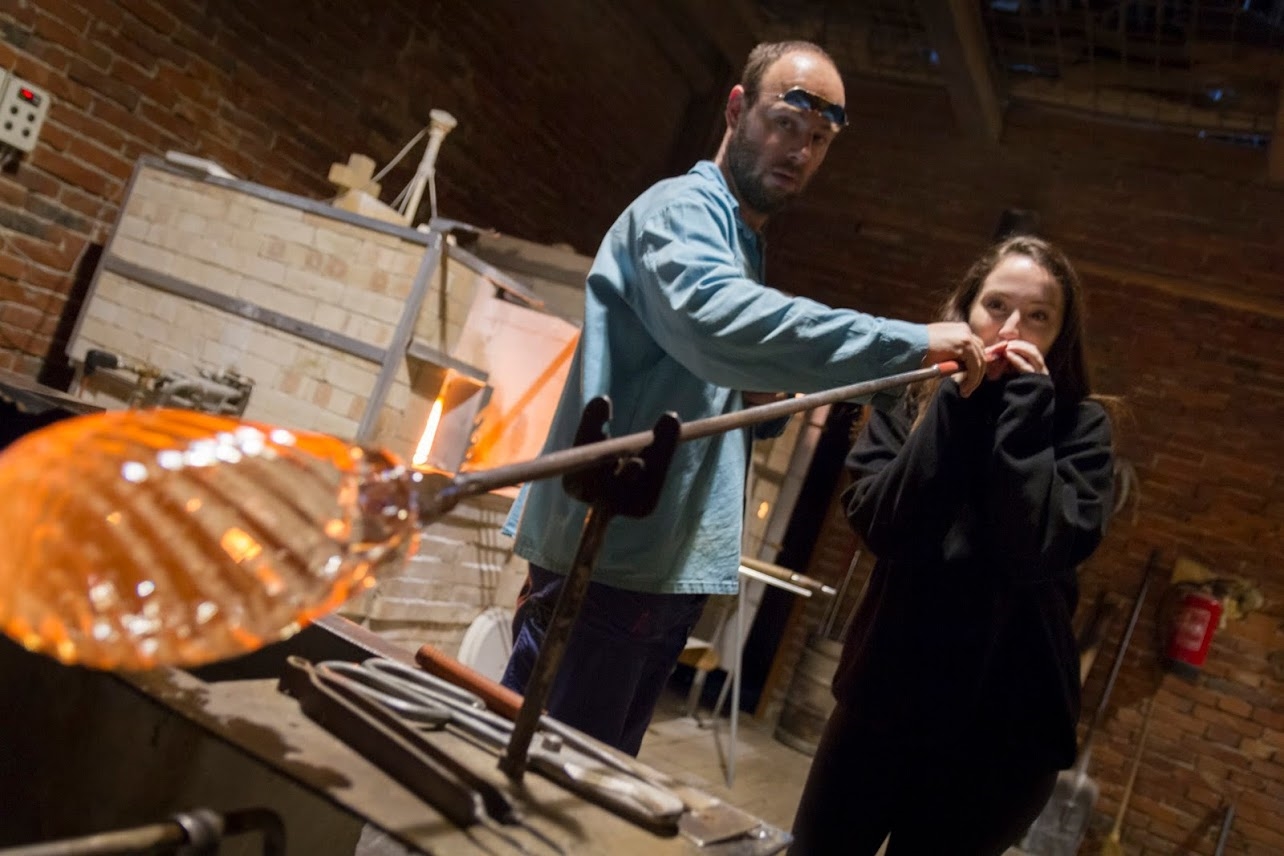 Kamenický Šenov Glassworks and Mĕlník
Kamenický Šenov Glassworks and Mĕlník
Kamenický Šenov is the center of the glass industry in Europe. Observe the work on the world's most precious glass decorations and blow your own glass pieces under the guidance of experienced artists.
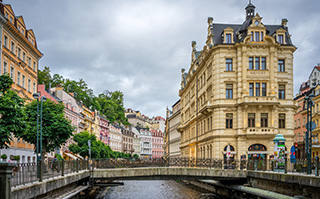 Karlovy Vary
Karlovy Vary
Explore one of the Czech Republic's cultural hubs and enjoy the beautiful architecture. You’ll also have the opportunity to take a dip in a famous European hot springs spa, known for its healing spring water.
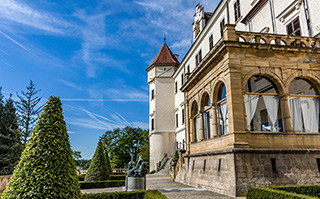 Konopiště Chateau and Historical City of Tábor
Konopiště Chateau and Historical City of Tábor
Visit Konopiště Chateau, a three-story castle that was once the seat of the Archduke Franz Ferdinand d'Este whose assassination triggered WWI. In Tábor, tour the medieval underground, a 13th-century castle, and the carefully planned street system that is like a maze. You’ll also visit a popular 18th-century Klokoty shrine.
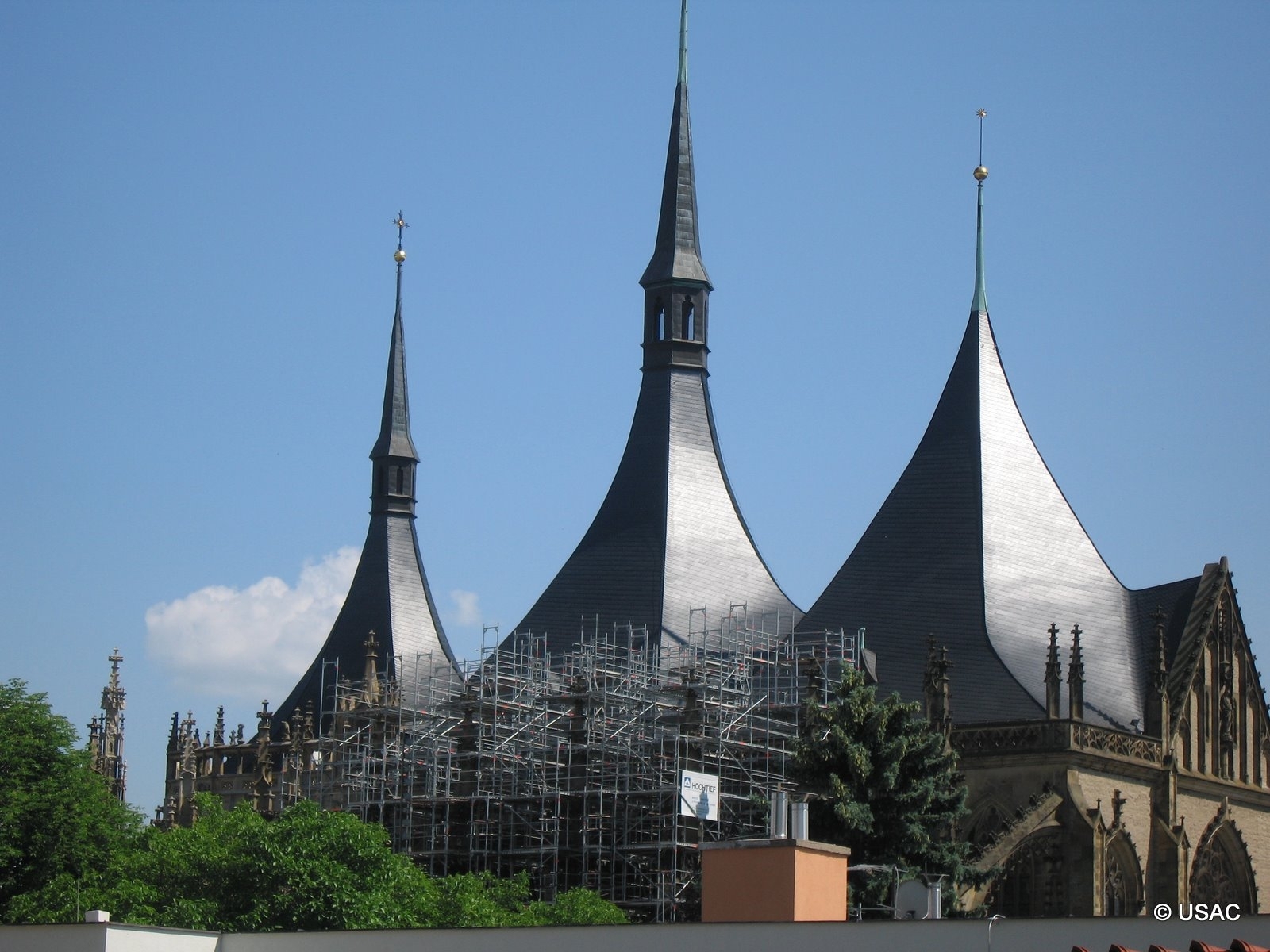 Kutná Hora
Kutná Hora
Dive into history as you visit former silver mines, explore the high gothic church of St. Barbara, and view a unique example of baroque-gothic architecture: Our Lady Church. You will also visit and hear a lecture on Sedlec Ossuary, an 18th-century chapel decorated with artifacts made of human bones.
 Moravian Folklore Mardi Gras
Moravian Folklore Mardi Gras
Experience the traditional Czech carnival celebration that marks the end of winter and the beginning of Lent.
Fall term only. Included in program fee.
Visit the western part of Czechia that was populated by German speaking people until the 1940s, when they were removed to Germany. Enjoy beautiful nature, learn about the history and industrial development in the area, and relax in a healing spa.
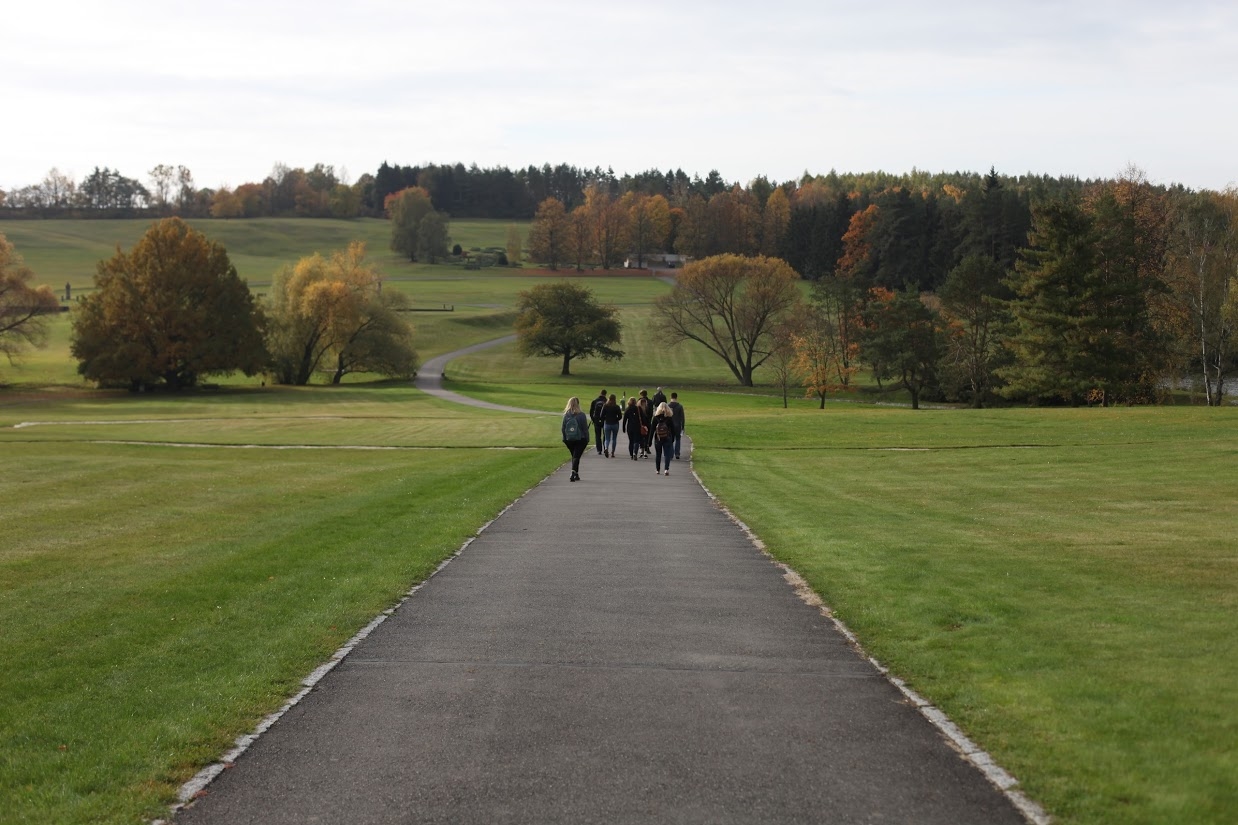 Terezín, Lidice, and Litomĕřice
Terezín, Lidice, and Litomĕřice
Learn about the sobering history of WWII at the memorial sites of Terezín and Lidice. The fortress of Terezín was turned into a concentration camp by German Nazis, and this trip includes a guided tour through the camp, a lecture, and a visit to the famous museum of child inmates’ paintings. The small town of Lidice was completely wiped out and its citizens killed as the Nazi leaders wanted to scare the people from all occupied territories. The third destination of the trip is Litomĕřice, one of the oldest Czech royal towns, and known for its historical monuments and Baroque architecture.

